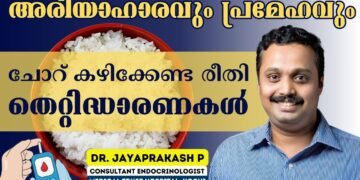Cataract surgery is a common and generally safe surgical procedure performed to treat cataracts, which are a clouding of the lens in the eye that can cause vision problems. The surgery involves removing the cloudy lens and replacing it with an artificial intraocular lens (IOL) to restore clear vision. Here are key points about cataract surgery:
- Indications for Surgery: Cataracts typically develop with age, and the symptoms may include blurry or cloudy vision, difficulty seeing in low light, glare from lights, and changes in color perception. When these symptoms significantly affect daily activities and quality of life, surgery may be recommended.
- Preoperative Assessment: Before surgery, an ophthalmologist will conduct a thorough eye examination to determine the extent of the cataract, assess overall eye health, and measure the eye for the appropriate IOL.
- Types of Cataract Surgery:
- Phacoemulsification: This is the most common technique, involving the use of ultrasound energy to break up the cloudy lens, which is then suctioned out.
- Extracapsular Cataract Extraction (ECCE): In this procedure, the entire lens is removed intact, leaving the lens capsule to support the new lens.
- Intraocular Lens (IOL): The natural lens is replaced with an artificial lens. IOLs come in different types, including monofocal (for distance or near vision), multifocal (for both distance and near vision), and toric (correcting astigmatism).
- Anesthesia: Cataract surgery is typically performed on an outpatient basis under local anesthesia, either in the form of eye drops or an injection. Patients are usually awake during the procedure but may be given a sedative to help them relax.
- Recovery: Recovery is usually quick, and most patients experience improved vision within a day or two. Full recovery may take a few weeks. Patients are often advised to avoid strenuous activities, rubbing the eyes, and swimming during the initial recovery period.
- Risks and Complications: Cataract surgery is generally safe, but like any surgical procedure, it carries some risks. Potential complications may include infection, bleeding, inflammation, or issues with the IOL. Serious complications are rare.
- Postoperative Care: Patients are prescribed eye drops to prevent infection and inflammation. Follow-up appointments are scheduled to monitor healing and address any concerns.
- Results: Cataract surgery is highly successful in improving vision. Many patients experience reduced dependence on glasses or contact lenses after the surgery.
It’s important for individuals considering cataract surgery to discuss the procedure, lens options, and potential risks with their ophthalmologist. Each patient’s case is unique, and the decision to undergo surgery is based on the individual’s eye health, lifestyle, and visual needs.
































Discussion about this post